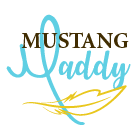PART-TIME HORSE TRAINER, PART-TIME DOLPHIN TRAINER:
“Why I traded in my boots for flippers & rope for a whistle.” – Maddy
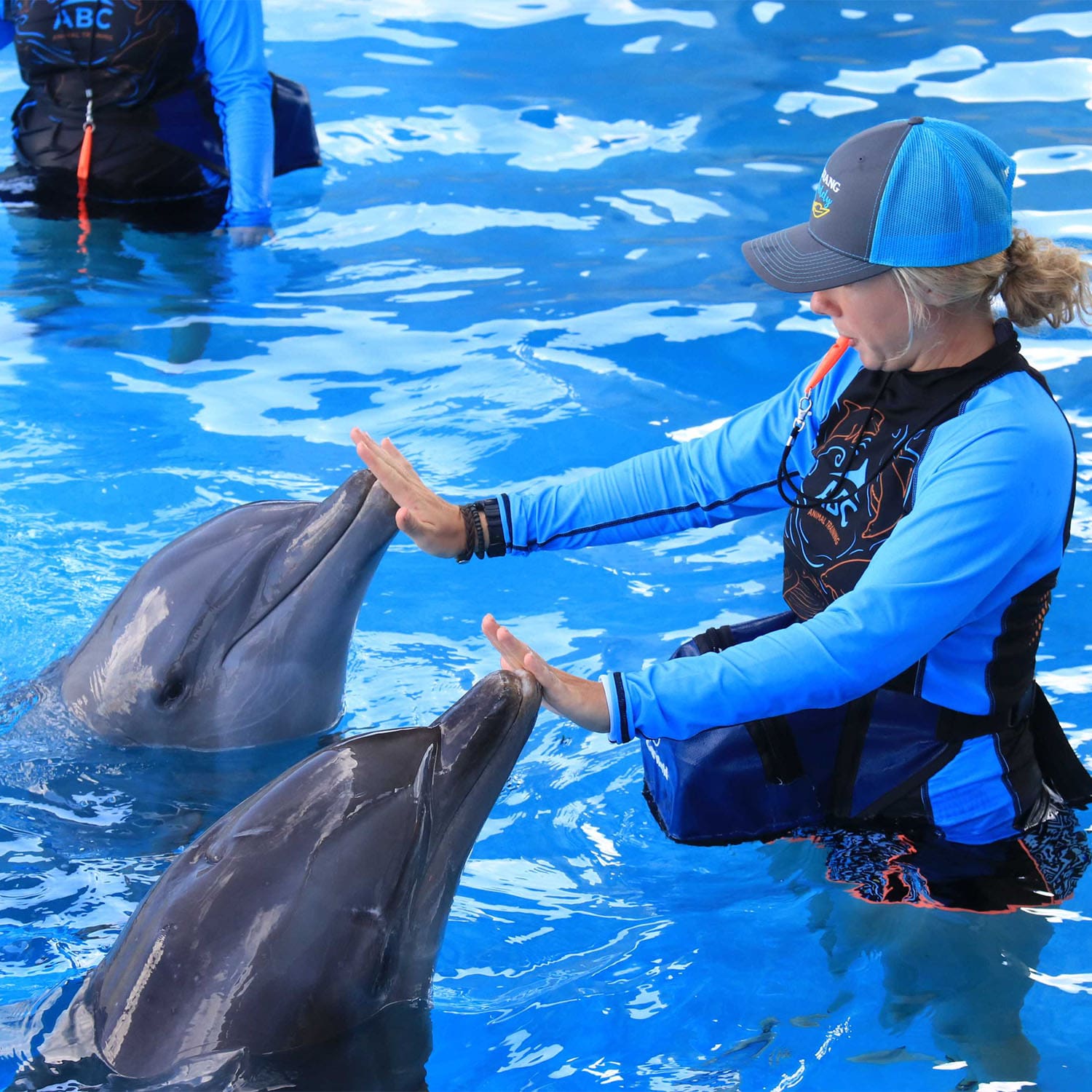
WHY DOLPHINS?
I know. You’re probably wondering… Why would a horse trainer/mustang gentler/zebra whisperer from Colorado leave the arena and head to the beach to train marine mammals, trade in her rope for a whistle, boots for flippers, and hooves for fins?
It’s really necessary that I start from the beginning.
You see, it’s really pretty simple. For my entire life I have been searching for one answer: How do I get my horses to want to be with me as much as I want to be with them?
I can remember when I was 8 years old we got our first horse, “Sugar.” She wanted nothing to do with me. Bucked me off every time I got on her. Second horse (you know, because it’s the horse that had the problem not the human, right!?) charged me with ears pinned and teeth barred every time I went to get her from the field (not exactly the fairytale scene I’d imagined from My Friend Flicka). I also turned her into a run off…real quick.
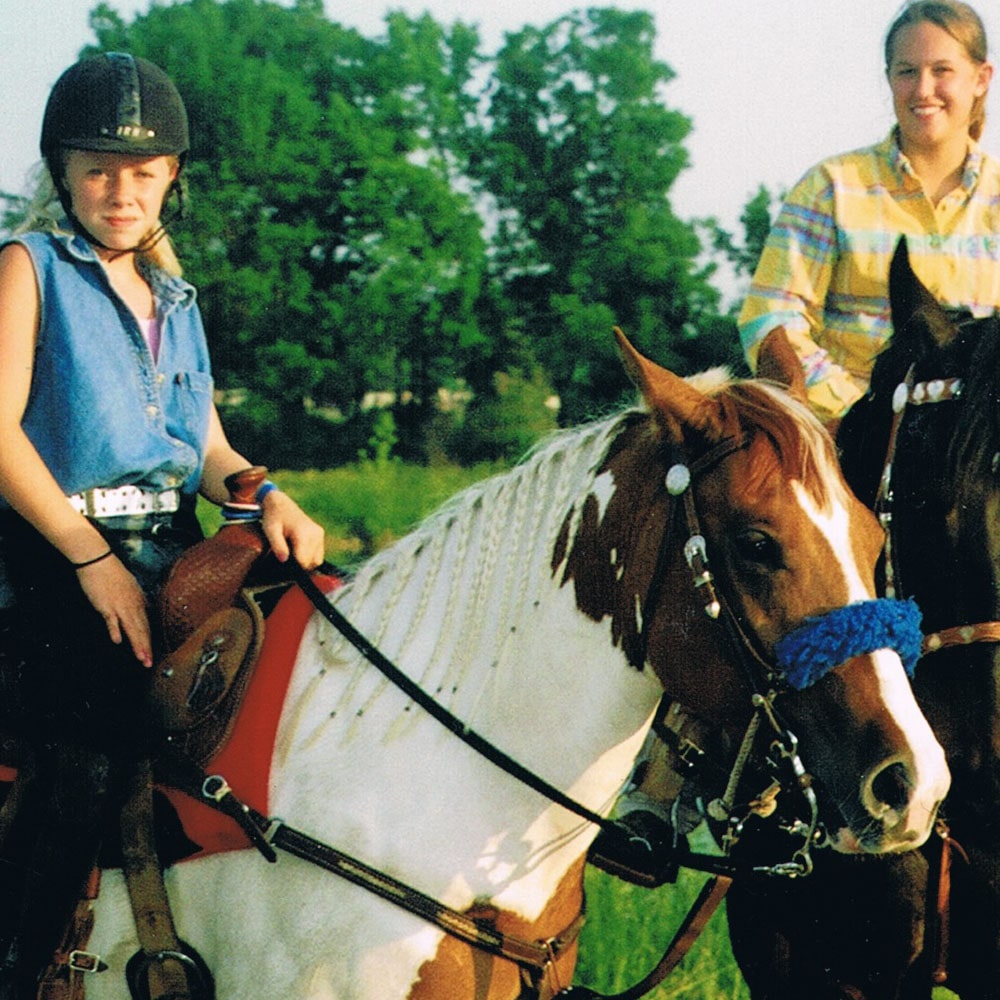
“I’m wondering WHY I did not just give up at such a young age when the reality of the situation differed so drastically from my colorful dreams and expectations. But I didn’t give up. It just made me want my dream that much worse.”
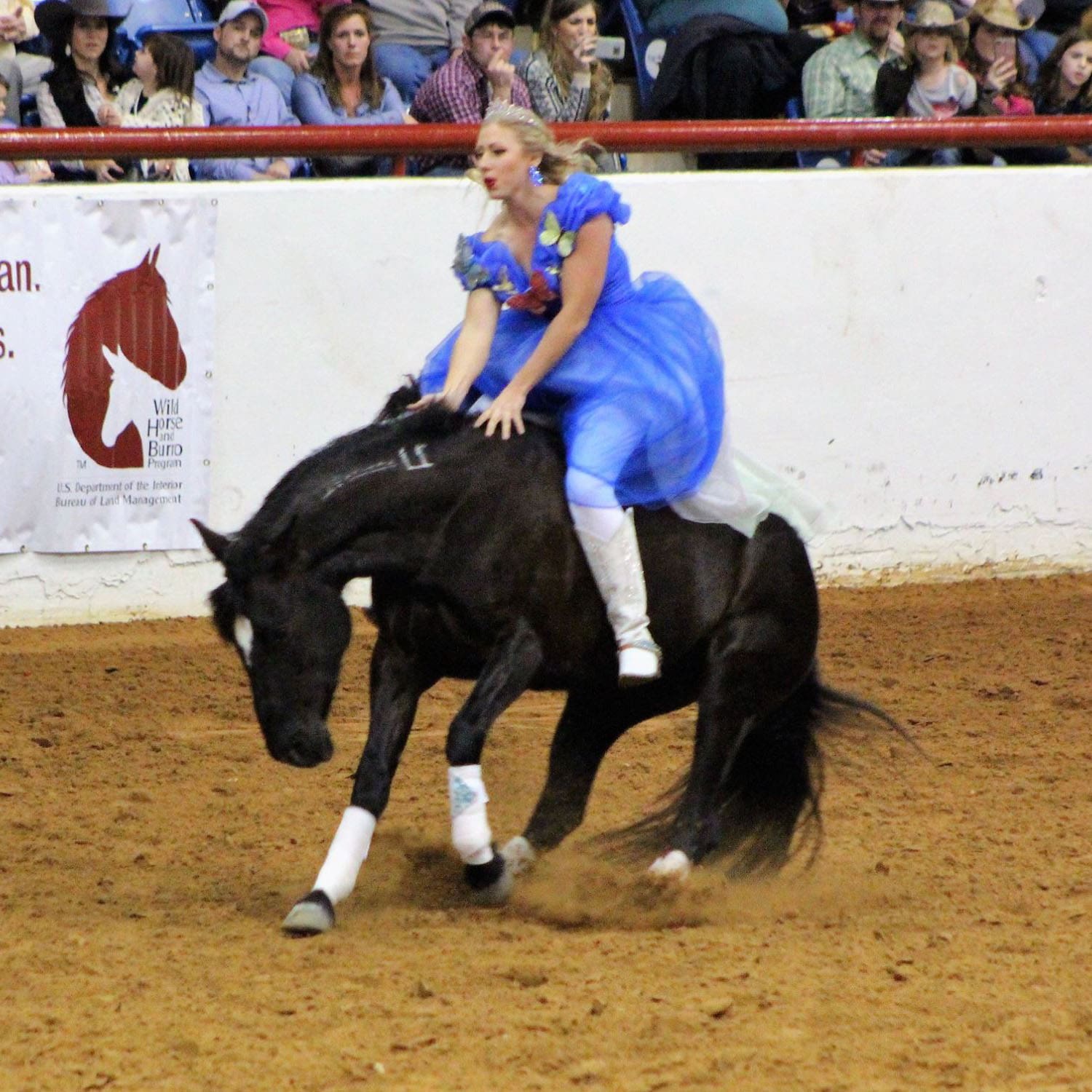
FAST FORWARD
Fast forward 10 years or so of countless hours studying, training, and learning from the school of hard knocks and my career was in full force. I could get my once wild mustangs to perform tackless and bridleless in front of thousands after a mere 100 days of training (and human touch). I could train ZEBRAS to perform at liberty. I was traveling all over the WORLD teaching others my methods (something I had NEVER imagined!). But there was still something missing.
WHAT WAS MISSING?
My horses were incredibly relaxed, but almost too relaxed. Where was the play? The excitement? The sparkle? More than that though, I moved away from starting mustangs fresh off the range and towards rehabilitating mustangs who had failed conventional training programs. This new business of rehabilitation I found to be much more difficult than starting with a fresh wild one. I found mustangs like Willie especially difficult, who had been so shut down to pressure for so long that I had to use more than uncomfortable amounts to get them responding again to lighter pressure. I also came across some particularly aggressive equines, including a young zebra stud colt named “Zeus.” that tested my current training toolbox. With these animals, I seemed to reach the limits of negative reinforcement training and was willing to try anything to help them…
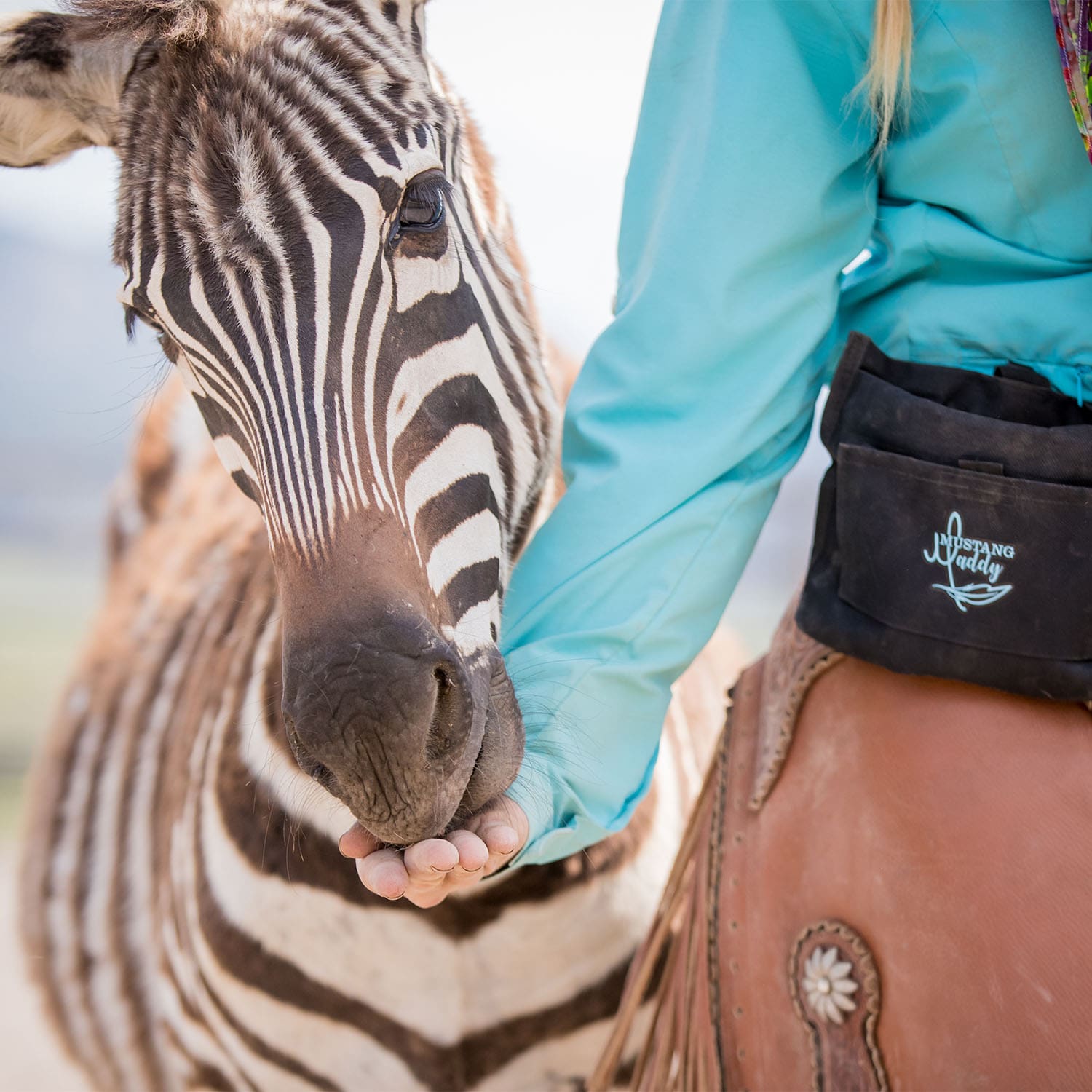
“So I did a thing. More specifically, I called off events and gave up the road for the ranch, went into crazy researcher mode, gave up everything I knew, and became a complete beginner again. To say it was a blow to my ego was an understatement. But that’s the thing about being a perpetual student and teacher. Just when you think you know it all, you are reminded of how much you do not know. I guess by now I have come to recognize and embrace these feelings as I begin to identify the way that a huge growth spurt always follows them.”
SEARCHING FOR MORE
In my search for more, I came across positive reinforcement training (clicker training, use of food rewards). Like many horse trainers, I mistakenly had thought for a long time that the methods I was using were “positive reinforcement.” Far from it. What I had been using was negative reinforcement, or more creatively termed “Natural Horsemanship.”
I was conditioned, like most horse people, to NEVER give treats to the horses for a variety of reasons, but especially because of the argument that you will turn the horse into a spoiled, pushy, treat mugging machine.
“Absolutely false. And the main reason that people have avoided using food around horses for so many years…It’s such a powerful motivator people don’t understand how to create boundaries around the food. It’s actually really simple to teach “Treat Receiving Mode” and manners around food to bypass this entire roadblock altogether.”
The further I dove into my research and experimentation the more I realized that positive reinforcement wasn’t as simple as picking up a clicker or a target and calling yourself an expert after a few clicks. Positive reinforcement is really different than using pressure and release (negative reinforcement). They are two different languages in a way.. Yes, they do have their similarities. But here’s an example of their differences. Ending the session using R- is considered a huge reward for the horse. So you naturally want to end the session on a behavior the horse performed well on, perhaps a new one you’re teaching the horse to take full advantage of it. But doing that with R+ is actually a form of negative punishment because the horses enjoy the training so much and find it so reinforcing that ending the session can be like taking away a toddler’s favorite toy! Clearly, there are some important differences (I go into more detail on this one in Part 2).
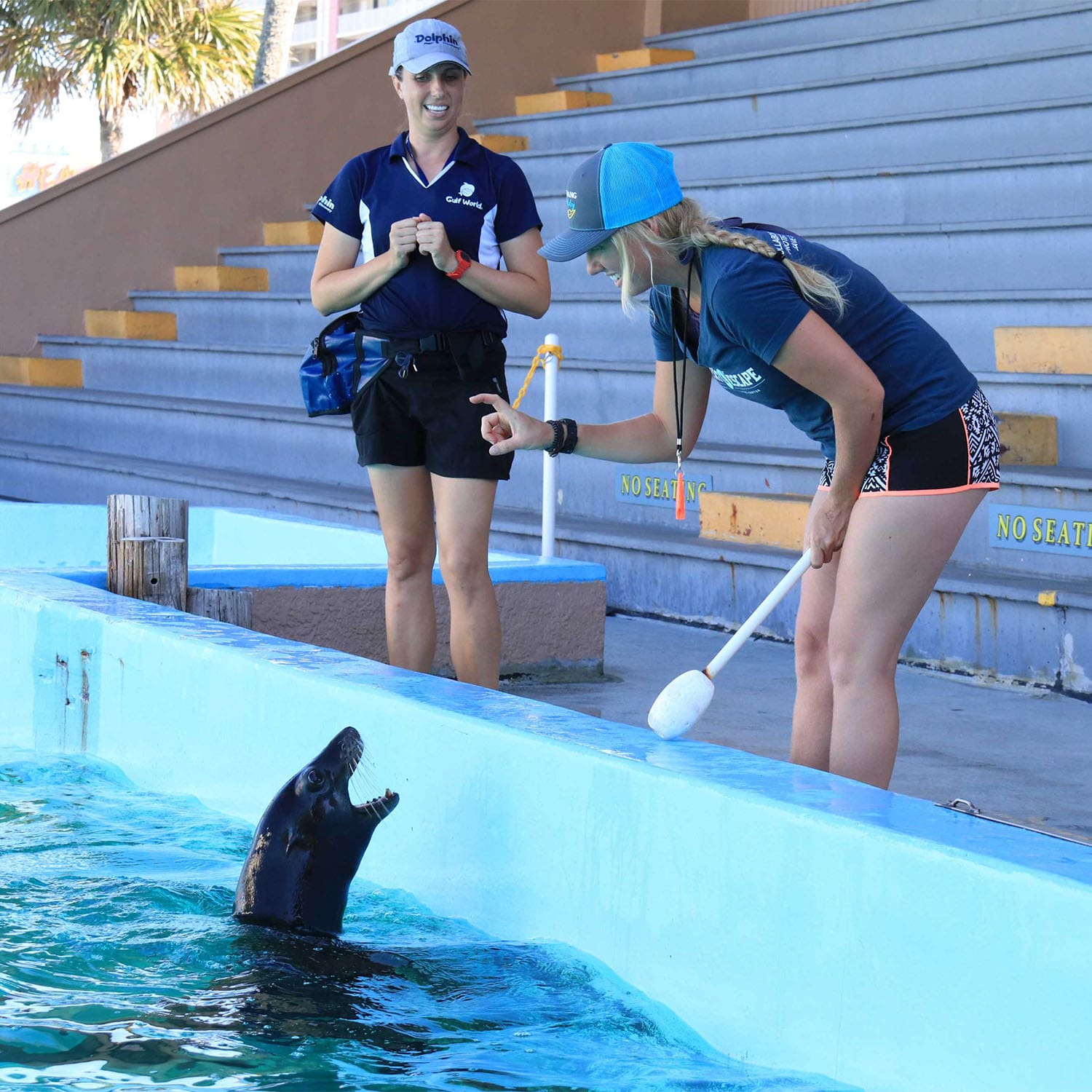
GETTING IT RIGHT
So especially because I intended on sharing my methods with others, I wanted to make sure I was getting it right. That’s why I decided to visit the place where “clicker training” and the positive reinforcement movement all originally began–before it even made its way into the dog training world. Yep, you guessed it: The wonderful world of dolphin trainers (Plus I got to work with sea lions, exotic birds, reptiles, and other small animals under the guidance of the marine mammal trainers). The concept of using a bridge stimulus (like a click or whistle to mark a behavior) was introduced to U.S. Navy dolphin trainers and marine mammal parks in the 1960s by Keller Breland, a graduate student of B.F. Skinner.
